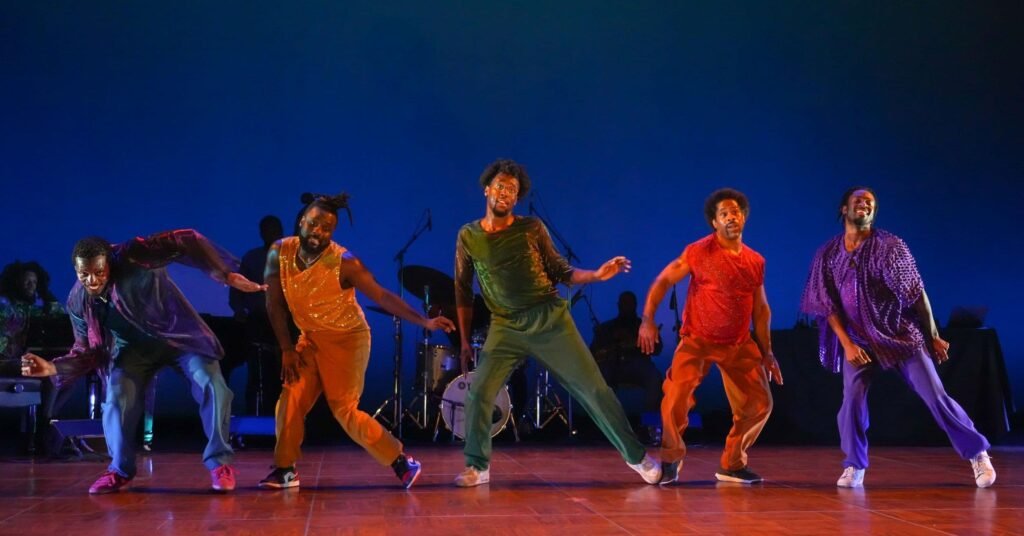Are you curious to know what is chapri? You have come to the right place as I am going to tell you everything about chapri in a very simple explanation. Without further discussion let’s begin to know what is chapri?
India is a land of diverse cultural heritage, where traditional art forms and folk dances have played a significant role in expressing the rich cultural tapestry of the nation. Among the multitude of folk dances, one that stands out for its vibrant energy and captivating moves is Chapri. In this blog, we will delve into the essence of Chapri, its origins, significance, and the infectious joy it brings to those who witness or participate in it.
What Is Chapri?
Chapri, also known as Chhapeli or Chapeli, is a folk dance that hails from the Kumaon region of the northern Indian state of Uttarakhand. The word “Chapri” itself means “to jump” or “to hop” in the Kumaoni dialect. The dance form is deeply rooted in the rural agrarian lifestyle and is usually performed during harvest festivals, weddings, and other auspicious occasions.
Dance Movements And Costume:
Chapri is characterized by lively footwork, swift movements, and rhythmic jumps that sync with the beats of traditional folk music. The dancers, typically women, form a circle or a semi-circle, holding each other’s hands. They wear vibrant traditional attire, including brightly colored saris with intricate patterns, adorned with jewelry such as bangles, anklets, and necklaces. The overall visual appeal adds to the charm and exuberance of the performance.
Significance And Themes:
Chapri reflects the agrarian lifestyle of the region, with its movements imitating actions like sowing seeds, reaping crops, and threshing grains. The dance celebrates the joy of a successful harvest, expressing gratitude to nature and the divine for their benevolence. Through its rhythmic patterns and synchronized movements, Chapri encapsulates the harmony between human labor, nature’s abundance, and the community’s collective celebration.
Music And Instruments:
The music accompanying Chapri is typically composed of traditional Kumaoni folk songs. These songs often narrate stories of local folklore, love, and nature. The melodious tunes are played using traditional musical instruments such as the dholak (a two-headed hand-drum), damau (a small kettle-shaped drum), hurka (a percussion instrument), and flute. The beats of these instruments form the foundation upon which the dancers build their rhythmic expressions.
Preserving The Tradition:
Chapri, like many other folk dances, faces the challenge of preservation and passing down the art form to future generations. Efforts are being made by cultural organizations, local communities, and educational institutions to promote and sustain the dance form. Regular performances, workshops, and festivals dedicated to Chapri help in keeping the tradition alive and encouraging the younger generation to connect with their cultural roots.
Conclusion:
Chapri, with its spirited movements, infectious energy, and vibrant costumes, embodies the essence of Kumaoni culture. As a celebration of the agrarian lifestyle and a reflection of the deep bond between humans and nature, Chapri stands as a testament to the resilience and vitality of traditional folk dances. By appreciating and preserving art forms like Chapri, we not only honor our cultural heritage but also gain a deeper understanding of the diverse traditions that make India a land of rich cultural tapestry.
FAQ
What Does Chapri Mean?
Chapri is a term used in India to describe a type of traditional clothing. It is usually worn by women and is usually made from bright, colorful fabrics. It is usually a loose-fitting garment that is tied at the waist. Chapris are usually ankle-length and have a drawstring or elastic waistband.
Which Person Is Chapri?
The term chhapri (छपरी) which is used for calling someone “cringe”, actually originates from Maharashtra referring to the chaparbhand community who are divided in Hindu and Muslim sub sects. These people were traditionally masons, roof repairers and carpentars.
Who Is Ceo Of Chapri?
Umer Hanif Chapri – Owner – Chapri Group Of Companies | LinkedIn.
Which Language Is Chapri?
The official language of Chapri
The native language of Chapri is Hindi and most of the village people speak Hindi. Chapri people use Hindi language for communication.
I Have Covered All The Following Queries And Topics In The Above Article
Meaning Of Chapri Boy
Chapri Meaning In English
Meaning Of Chapri Youtuber
Chapri Caste
What Is Chapri
Is Chapri a bad word?






